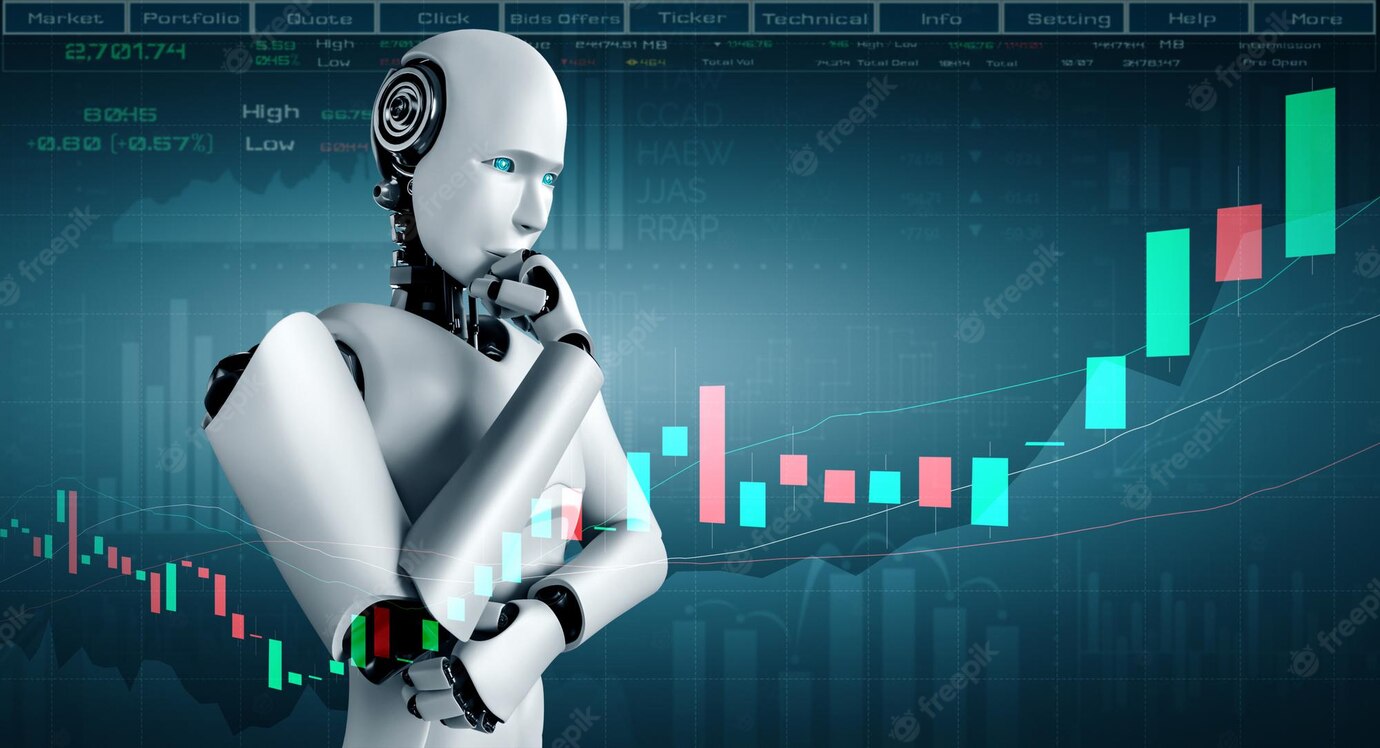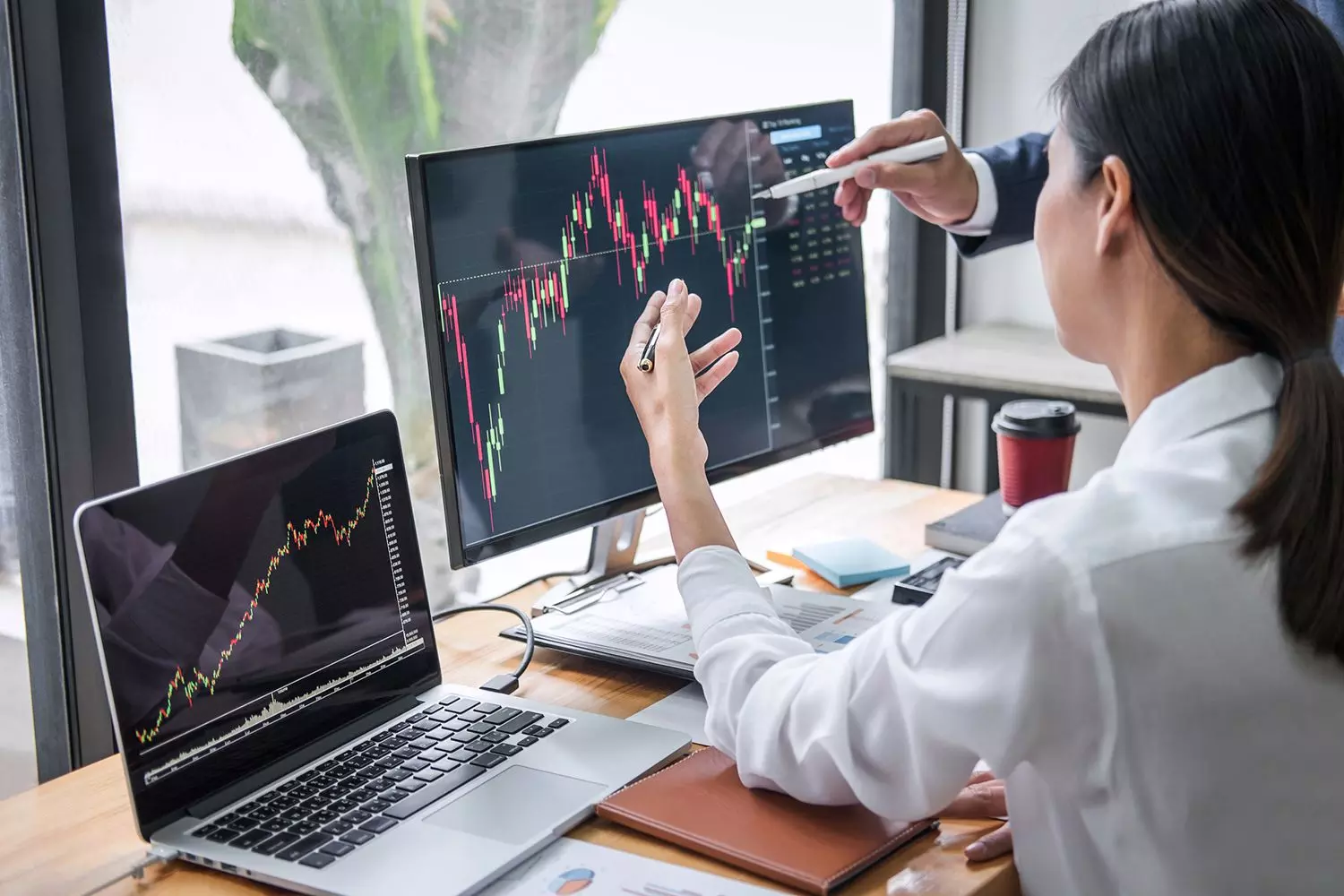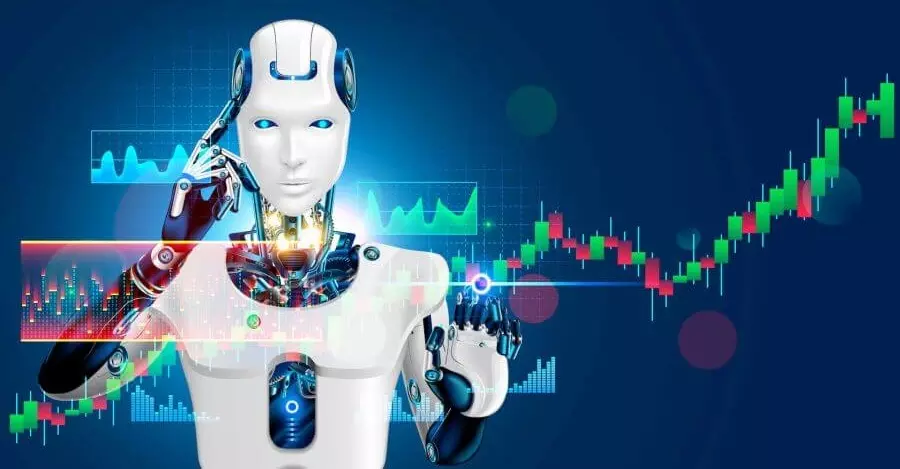Comments
- No comments found

Financial markets have always been a complex and dynamic environment, with traders constantly seeking innovative strategies to gain a competitive edge.
In recent years, machine learning has emerged as a game-changer in the world of quantitative trading. By harnessing the power of algorithms and data analysis, machine learning is revolutionizing the way quant traders operate and make investment decisions. Let's explore how machine learning is reshaping the landscape of quantitative trading.
Machine learning algorithms can analyze vast amounts of historical market data to identify patterns, trends, and anomalies that may not be evident to human traders. By learning from past market behavior, these algorithms can make predictions and generate trading signals with a higher probability of success. Moreover, machine learning models can adapt and improve their performance over time as they continuously receive new data, making them more effective in dynamic market conditions.

Quantitative trading involves the development and implementation of intricate trading strategies based on mathematical models. Machine learning enables traders to automate these strategies, allowing for faster and more precise execution of trades. As machine learning models can process information in real-time, they can instantly respond to market fluctuations, leading to more efficient trade executions and reduced latency.
News and market sentiment play a crucial role in influencing financial markets. Machine learning algorithms can be trained to perform sentiment analysis on news articles, social media posts, and other sources of information. By understanding market sentiment, quant traders can make more informed decisions and capitalize on market movements triggered by news events.
Managing risk is a fundamental aspect of trading. Machine learning can help quant traders build robust risk management models by analyzing historical data and identifying potential risks. Additionally, machine learning can aid in portfolio optimization, helping traders construct portfolios that maximize returns while minimizing risk exposure.

Financial markets are susceptible to anomalies caused by various factors, such as market manipulation or technical glitches. Machine learning algorithms can detect these anomalies by analyzing large datasets, identifying irregular patterns, and alerting traders to potential risks. This ability is especially valuable in high-frequency trading, where anomalies can have a significant impact on profitability.
Machine learning allows quant traders to develop complex algorithmic trading strategies based on statistical analysis and predictive modeling. These strategies can take advantage of market inefficiencies and arbitrage opportunities that may be challenging for human traders to identify. Algorithmic trading powered by machine learning can execute trades at optimal prices and speeds, leading to improved trading performance.
Human emotions and biases can often cloud judgment and lead to irrational trading decisions. Machine learning eliminates emotional biases from the trading process, making decisions based on data and statistical analysis rather than instinct or gut feeling. This can lead to more disciplined and consistent trading strategies.
Reinforcement learning, a subfield of machine learning, enables algorithms to learn from their own actions and experiences. In quantitative trading, this can be applied to develop adaptive trading strategies that evolve based on market feedback. Reinforcement learning algorithms can learn from both successes and failures, continually improving their decision-making processes.
Machine learning is undeniably transforming quantitative trading by providing powerful tools for data analysis, prediction, and automation. As the technology continues to advance, quant traders will likely rely even more on machine learning algorithms to gain deeper insights into financial markets and develop innovative trading strategies. However, it is essential to remember that while machine learning enhances trading capabilities, the expertise and domain knowledge of human traders remain indispensable in understanding market dynamics and making informed decisions. The fusion of human intelligence with the capabilities of machine learning creates a powerful synergy that can lead to even greater success in the world of quantitative trading.
Leave your comments
Post comment as a guest